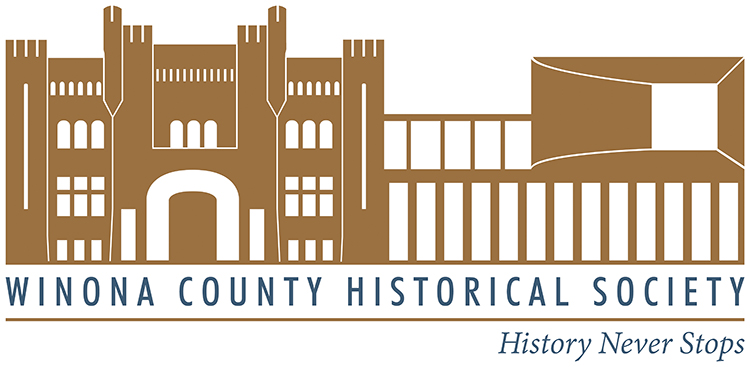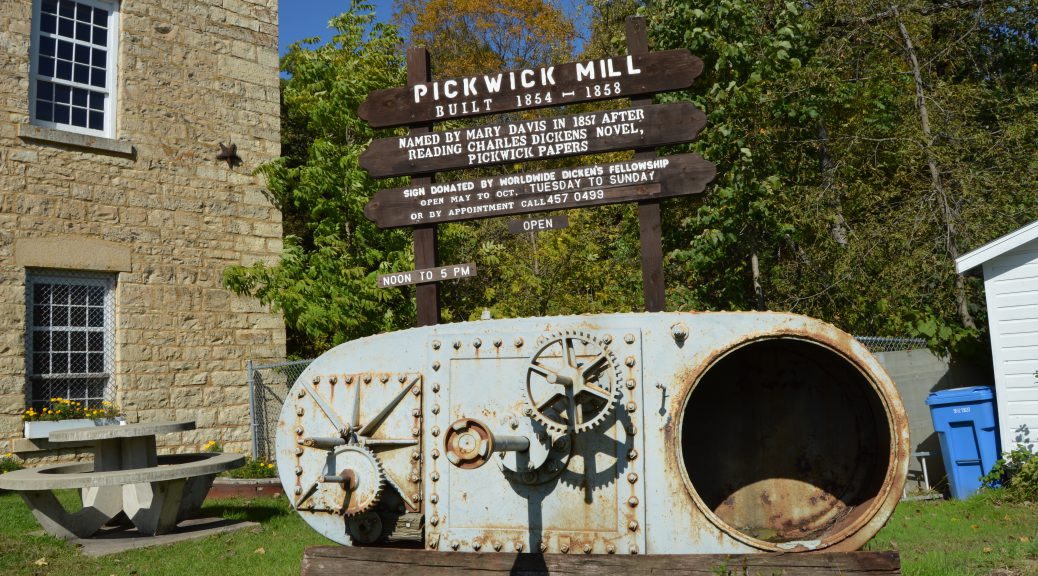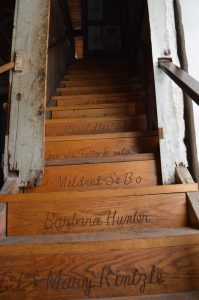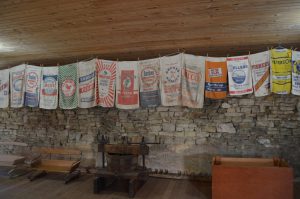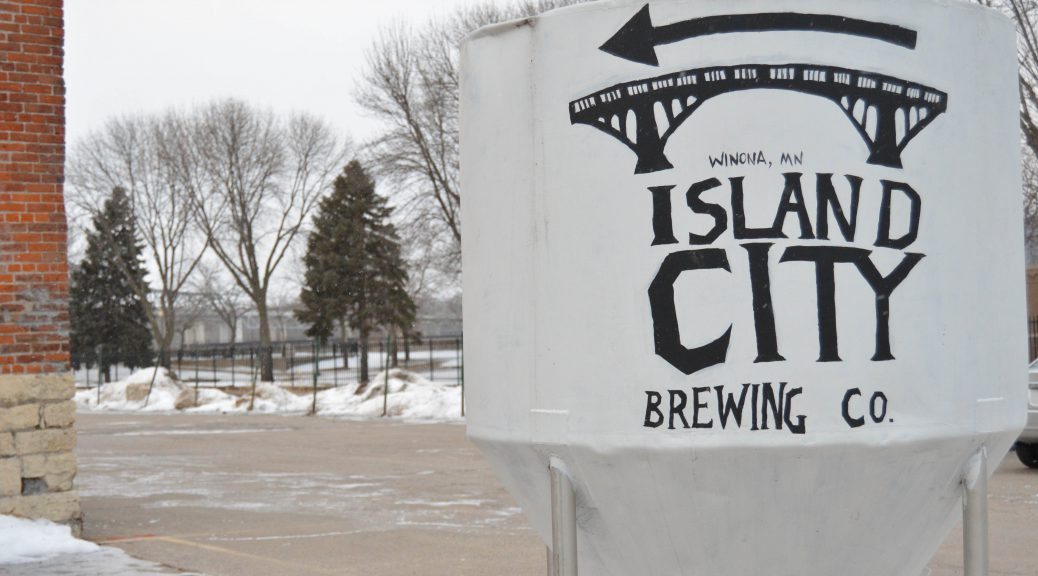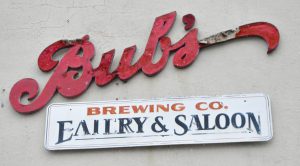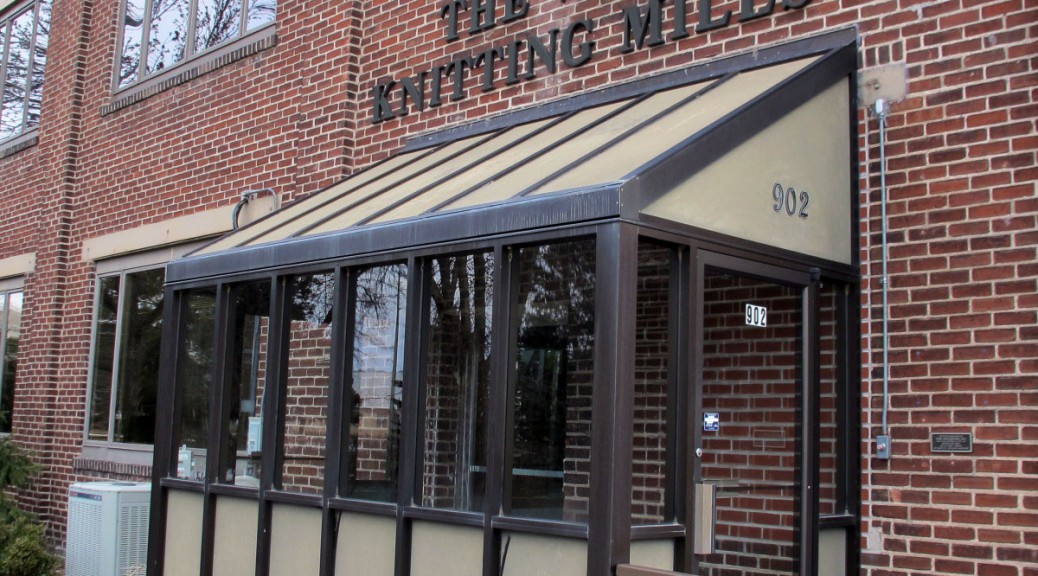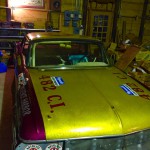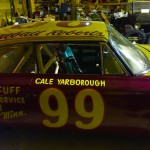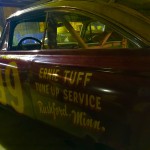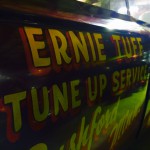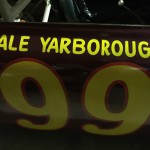By Zach Bailey
The stairs creak with each step as Pieces of the Past owner, Cheri Peterson, walks down the stairs toward the basement office.
With each step, the temperature drops by a fraction of a degree as the smell of cold, damp air begins to flood the senses.
Peterson reaches the office, walks to the far end, and opens the large metal door separating the office from the rest of the building’s cellar.
She fumbles for the switch, and as she finally finds the chain and pulls it, light floods the room of the storage center.
She rounds the corner and takes a left, so that she is standing directly below the front room of the store.
“This is where most of the activity happens,” Peterson says, glancing across the scattered Christmas decorations and shelving units.
She pauses for a moment, taking in the view, then turns around and begins walking deeper into the building’s underbelly.
She reaches a thick, metal, sliding door at the far end of the room, and, showing the effort it took to open the door, explains that she does not enter this room often.
A rush of cold air passes by as the door finally slides open and the temperature drops another half-dozen degrees.
She walks into the open space, which houses only two pillars and an old vinyl sign. She is now standing under the back room of the store, where most employees and customers say they have experienced something… abnormal.
“Customers quite frequently say there’s something strange going on in the back half of the store, like someone was standing behind them,” Peterson says. “[I have even] had a customer send photographs of faces reflected in glass. Usually it’s feel but every once in a while, [customers/employees] get a sight [of something strange].”
Peterson quickly walks out of the room, takes one last look at the cellar, then closes the inch-thick metal door, not to open it again until the next curious ghost hunter wants to take a look.
Peterson first opened Pieces of the Past in downtown Winona in January 1995. The store, which began as a wooden furniture shop, made the transition to the home-decor side of sales after moving to the Second and Lafayette streets location in 2000, where they have been since.
This was where the strange happenings began.
The building that now houses Pieces of the Past was built in 1852 and plays quite a role in the haunting’s dark history.
The front half of the store is the oldest building in downtown Winona. The only brick structure downtown, it was the only building to survive the fire of 1856, which destroyed nearly all of downtown Winona, and most of Winona as a whole.
But according to Peterson, there’s more to the building’s history than just its age.
“We’ve found evidence that the building itself was tied to five different deaths,” Peterson said. “Before we moved in, the building had been a bar and brothel in the red-light district.”
Peterson recounted how after moving to their Second Street location, two men who had worked as bartenders in the building came in one day and told her stories of strange things they had seen while working.
The men told of pool balls rolling across the table by themselves and noises being heard when there were no customers around, but they ended with one story that stuck in Peterson’s mind.
“The two were working one night and had to walk downstairs to change a keg or grab something. As they were walking down the steps, they both paused, looked at each other, and said, ‘When we get upstairs, let’s both write down what we saw,’” Peterson said. “They got back upstairs, wrote down what they saw, and showed each other. Both had seen a woman in a pink dress walk past them on the stairway.”
According to Peterson and Haunted Places, a website that documents haunted locations across the nation, Pieces of the Past is home to at least five spirits. Ghosts include the woman from the story, who was apparently shot to death on one of the staircases, and a young girl the ghost hunters identified as “Carol.”
“I’ve caught glimpses of a girl in a yellow dress before. I’ll see her out of the corner of my eye, then when I turn to look she’s gone,” Peterson said. “There was even one time where I was downstairs in the office and I felt a tug on my pant leg. I turned around and there was nothing there, so I went back to my business. A few minutes later it happened again.”
Peterson isn’t the only current employee who has experienced things in the building.
“Some staff members have said they have been tapped on the shoulder or hear things like someone calling their name, or hearing someone say hello, all when no one else is [in the building],” Peterson said. “Employees will come in during the morning to find pictures out of place or find that things had fallen down overnight.”
Trianna Douglas, one of the current employees at Pieces of the Past, recently experienced what she believes to be something paranormal.
“I was here later in the day. Business had been steady but slowed down in the afternoon,” Douglas said. “I was standing up front all alone when I heard it.”
Creak.
Creak.
Creak.
Off to her right, she began to hear footsteps walking toward her, moving down the stairs from the back section of the store, to the front section.
Creak.
Creak.
Creak.
The footsteps stopped at the bottom of the stairs, less than 10 feet from the front desk, then she heard them walk back up the wheelchair ramp next to the stairs.
Creak.
Creak.
Creak.
“For 20 minutes solid you could hear someone walking in circles,” Douglas said. “Up the ramp, then down the stairs.”
Though employees and customers alike have experienced things out of the ordinary, Peterson and staff do not believe there is any reason to be scared.
“Nothing has happened where it feels evil,” Peterson said. “There is no threatening feeling.”
Zach Bailey is a senior marketing and mass communication-journalism major from Winona, Minnesota. He is the editor-in-chief of the Winonan, the Winona State student newspaper, as well as a member of Sigma Tau Gamma fraternity. In his free time, he enjoys racing motorcycles, playing guitar, reading and watching movies. He hopes to one day work for the New York Times and become a published author.



